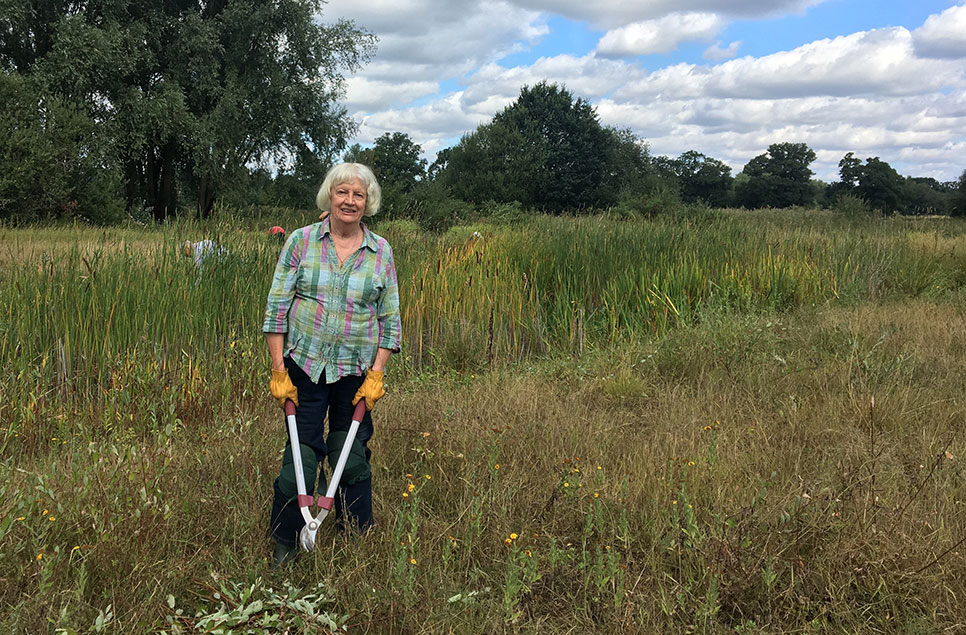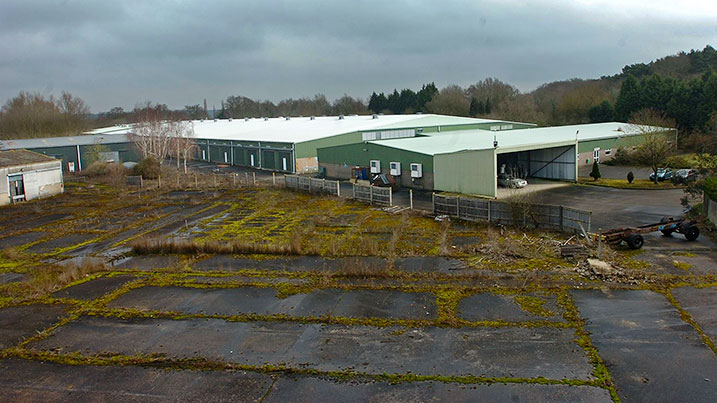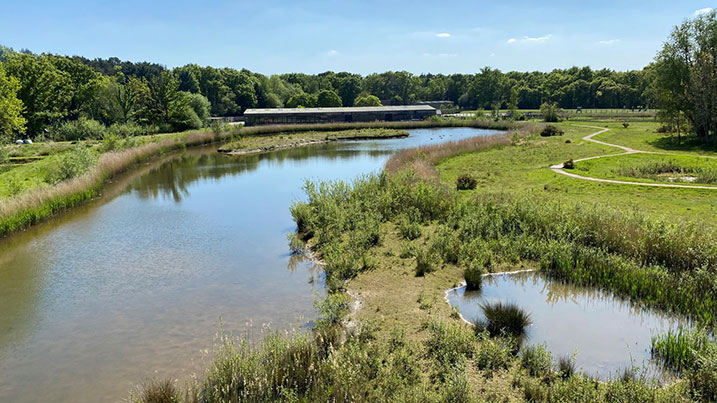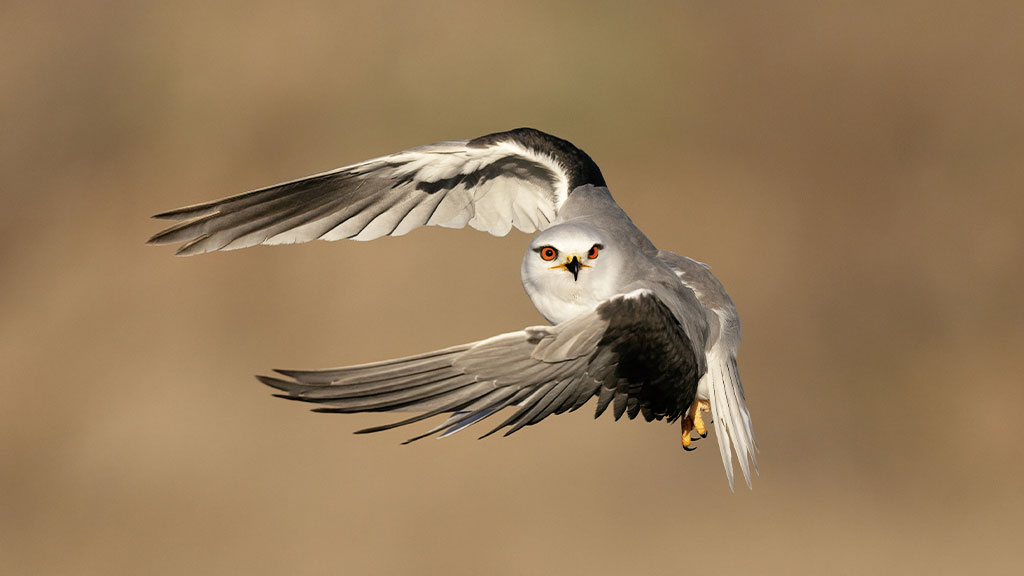Inspired by ducks
Hannah Lane’s childhood visit to WWT Slimbridge has led to a lifetime as a conservation volunteer.

Hannah Lane’s childhood visit to WWT Slimbridge has led to a lifetime as a conservation volunteer.
It must have been in the late 1940s, soon after it opened, that I first visited WWT Slimbridge as a child with my parents. All I can remember is a large pond, by a building – presumably Sir Peter Scott’s house. The pond was very shallow, with sloping sides. On these edges were several long chicken coops. Each had a little nesting hut, with a wooden frame covered in wire netting stretching down into the water. Each hut had its own frantic mother hen, because swimming in the water were all her tiny offspring. Obviously, the hen had acted as a surrogate parent, incubating and hatching duck and goose eggs, but could not understand why her ‘babies’ were swimming. Hen chicks didn’t do that.
This was the first hatchery. No modern buildings, technology, or heating. Just adapting nature. I was told in later life that I was introduced to Sir Peter Scott himself, but he obviously did not impress me as much as the ducklings, for I do not remember him at all.
Life has gone full circle as I am now a Trustee of the Horsell Common Preservation Society. Twelve years ago we were given an industrial site close to a small river.

We decided to create a wetland and had all buildings removed. The Environment Agency was delighted, for our site could be designed to take floodwaters to prevent, or at least slow down, flooding downstream in the town of Chertsey. There was only one agency that could design and carry out the construction – the commercial arm of WWT!

The wetland has proved very successful. Not very big but well used. We created a new lake there eight years ago and planted up some 5,000 reeds around the edges. Now the lake is occupied by ducks and geese and the reeds have reed warblers and reed buntings. I just wish the surrounding willows would not seed so much and need coppicing every year on rotation. My back is getting too old for volunteering, but we have a good group who get stuck in.
Article by Hannah Lane



